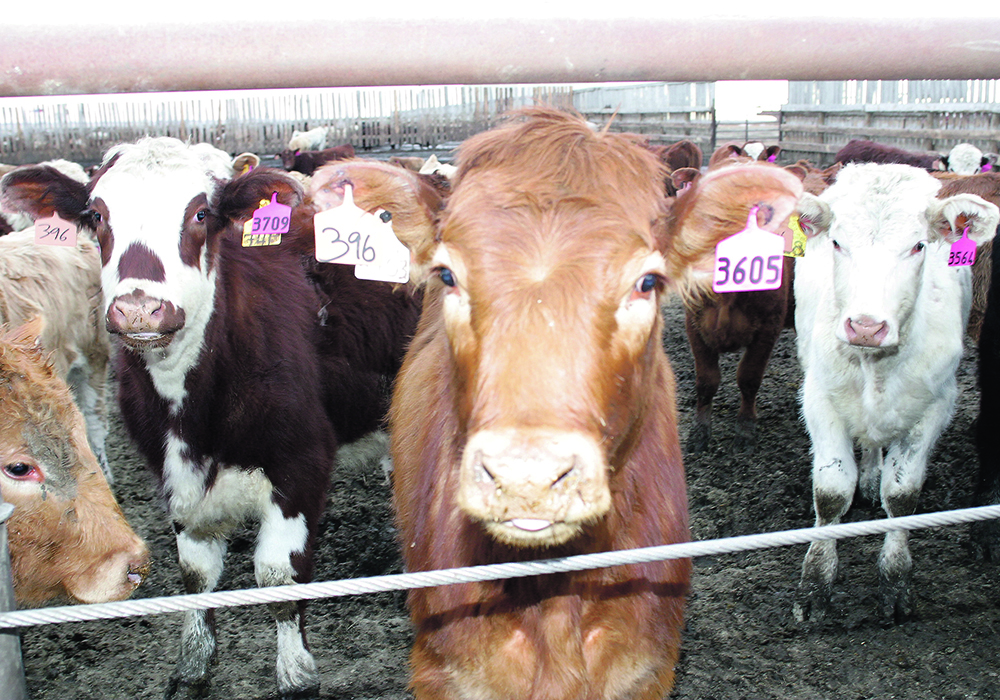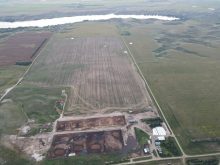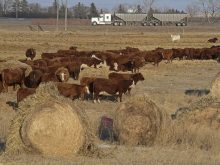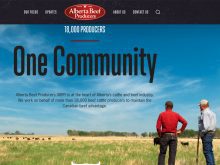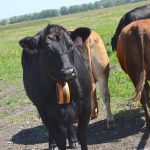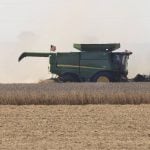The Alberta government has raised the loan limits under the provincial Feeder Associations Guarantee Program to $3 million, excluding advances, up from $2 million.
“We want to ensure cattle feeders are able to get the financing they need in time for the fall run,” said provincial agriculture and irrigation minister RJ Sigurdson.
“As you know, demand for financing is high and these amendments will help the beef industry continue to grow and compete internationally. I’m pleased to report that as of today, the amendment is signed off and the regulation has now been changed.”
Read Also

Why feds imposed EV tariffs
Moe and Kinew have a fight on their hands when it comes to eliminating the EV tariff. Canada has to worry about pissing off the U.S. and Mexico and hundreds of thousands of auto workers.
He made the announcement July 10 at the second-annual Alberta Beef Industry Stampede Summit in Calgary, which was attended by about 250 people, including provincial and federal politicians.
“I know how important the loan guarantee is, especially for succession and paving the way for folks new to the sector, so I’m proud to announce these new changes,” he said.
The increase was welcomed by Brodie Haugan, chair of Alberta Beef Producers.
“I think it’s wonderful. Any support we can give, especially to young producers that are looking to have to be supported to get into the industry, is a good conversation to have,” he said during an interview at the summit.
The rising cost of beef calves and sheep prompted the Alberta government late last year to add $50 million to the program, which helps younger producers obtain financing to buy livestock. It was boosted to $150 million for beef and sheep producers, up from $100 million.
Alberta has 45 feeder associations totalling about 2,100 members. The co-operatives, which are run by livestock producers, help bring their members’ cattle and sheep up to market weight before shipping the animals for processing.
Cattle prices have gone up 25 percent since the beginning of this year and are likely to keep increasing, said a provincial statement.
“Alberta’s livestock producers are in greater need of easily accessible, low-interest capital backed by a government guarantee.”
Haugan said it is also vital to ensure that the risk is being covered for such producers.
“And we’re going to do everything we can to make sure a program or at least the conversation is being developed.”
Options such as insurance programs need to be made fully available to cow-calf feeders “so that if a severe event that’s out of the control of that operator occurs, they’re not completely out of the industry and gone,” he said. “We want to make sure that they still get through that first or second year and are still around for years to come.”
There particularly needs to be an honest discussion and a fix within AgriStability for the cow-calf sector so it is a useful tool, said Haugan.
“And we need to make sure we keep the cow herd alive and vibrant within Canada and within Alberta, and then that will also multiply across all the other sectors and be well supported to make sure the animals are here for the feedlots and the backgrounders, and across the chain.”
Canada’s national herd, including calves, totalled 11.27 million this year, which is its lowest level since 1990 when it was 11.22 million, said the Canadian Cattle Association, based on figures from Statistics Canada. Alberta provides about 70 percent of the national herd.
One of the frustrating things about the situation is how ongoing setbacks caused by drought and lack of feed have slowed the beef industry when it should be expanding to take advantage of high prices, said Nathan Phinney, president of the Canadian Cattle Association.
“We have a very strong demand for our product and a supply level that globally wants to be there and needs to be there to fill these voids.”
A study on removing barriers in Alberta’s beef industry said March 14 that price transparency could be improved by implementing a mandatory Canadian boxed beef price report.
The recommendations of the Alberta Beef Competitiveness Study are still being examined by the provincial government, said Sigurdson.
He was sworn in as the new minister of agriculture and irrigation on June 9 following the re-election of the United Conservative Party on May 29. A mandate letter issued July 9 to Sigurdson by Premier Danielle Smith asked him to explore options to address opportunities identified in the study.
“Well, it’s early days, like I said, I have been in the ministry just over a month now…,” said Sigurdson. “And we are looking into that and looking at what options, and meeting with stakeholders and producers across the province to see what can be done in those areas.”


